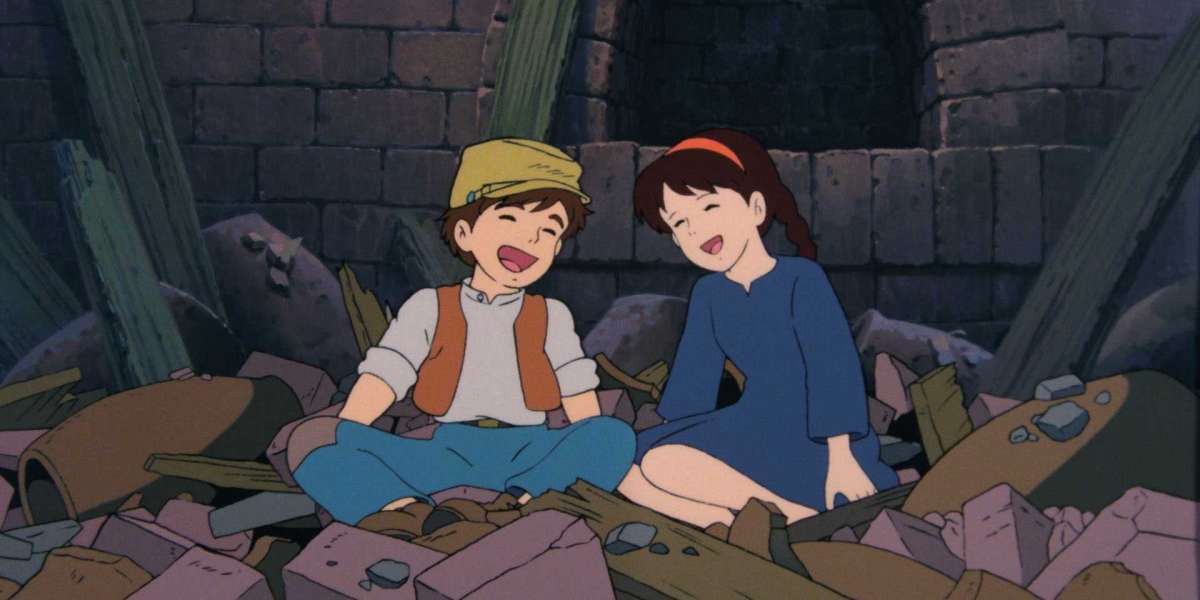The term "Kemono Party" may sound like a cheerful celebration of animal-themed art, but in the digital art world, it refers to something quite different—and controversial. Kemono Party is a website that provides public access to content originally intended to be exclusive to paying subscribers on platforms like Patreon, Fantia, and Pixiv Fanbox. This article explores what Kemono Party is, how it works, and why it's the subject of significant debate within artist communities.
What Is Kemono Party?
Kemono Party is an online content aggregation website that mirrors and archives premium, often paywalled content from artists and creators. It is built around the idea of “mirroring” the work that creators upload to subscription-based services such as:
- Patreon
- Pixiv Fanbox
- Fantia
- Gumroad
- SubscribeStar
The site provides access to this material for free, bypassing the original paywall and giving users access to work they would otherwise need to pay for.
How It Works
Kemono Party operates by allowing users—typically those who already subscribe to an artist—to upload the content they have access to, sharing it with everyone else on the site. In some cases, the platform also supports automated scraping of content from creator pages, if valid access credentials are provided.
Artists are listed in a searchable index, and users can view all their uploads, making it easy to browse through exclusive content without paying.
Why Is Kemono Party Controversial?
Kemono Party is widely criticized and considered a piracy website by many in the creative industry. Here’s why:
- Unauthorized Distribution
The vast majority of the content hosted on Kemono Party is shared without the explicit permission of the original creators, violating copyright laws and terms of service of the platforms the content comes from.
- Loss of Revenue for Artists
Independent artists often rely on direct financial support from fans. When their exclusive content is leaked, it undermines their business model and can discourage supporters from subscribing.
- Hard to Regulate or Remove Content
The site operates anonymously and hosts content in ways that make DMCA takedown requests difficult or ineffective. This creates ongoing frustration for artists trying to protect their work.
- Damage to Creator–Supporter Trust
When exclusive content becomes freely available without consent, it can erode trust between creators and their paying audiences.
Is It Connected to the Kemono Art Fandom?
Despite the name, Kemono Party is not officially part of the kemono fandom. The term “kemono” refers to a Japanese art style centered around anthropomorphic animal characters, often associated with anime, manga, and the broader furry fandom.
The kemono community promotes:
- Ethical sharing of art
- Respect for creator rights
- Commissioning and financially supporting artists
Most members of this community do not support piracy sites like Kemono Party and actively advocate for supporting creators through legitimate means.
Legal and Ethical Concerns
While Kemono Party has become popular among users who want free access to premium art, it remains legally questionable. The platforms from which it pulls content—like Patreon and Fanbox—prohibit redistribution. Artists have limited legal recourse due to the anonymous and international nature of the site.
Ethical Alternatives for Fans
If you enjoy kemono-style or other digital art, you can support artists by:
- Subscribing to them on Patreon, Fanbox, or other platforms
- Buying prints, digital downloads, or merchandise
- Commissioning original works
- Sharing their work responsibly, always with credit and permission
This helps creators continue doing what they love—and ensures they are fairly compensated for their time and talent.
Final Thoughts
Kemono Party may offer easy access to exclusive content, but it does so by violating creator rights and damaging the financial sustainability of independent artists. While the internet has made art more accessible than ever, it’s important to remember that behind every piece of content is a real person whose work deserves recognition and support.
If you're a fan of kemono art or digital creators in general, the best way to enjoy their work is through ethical, direct support.








